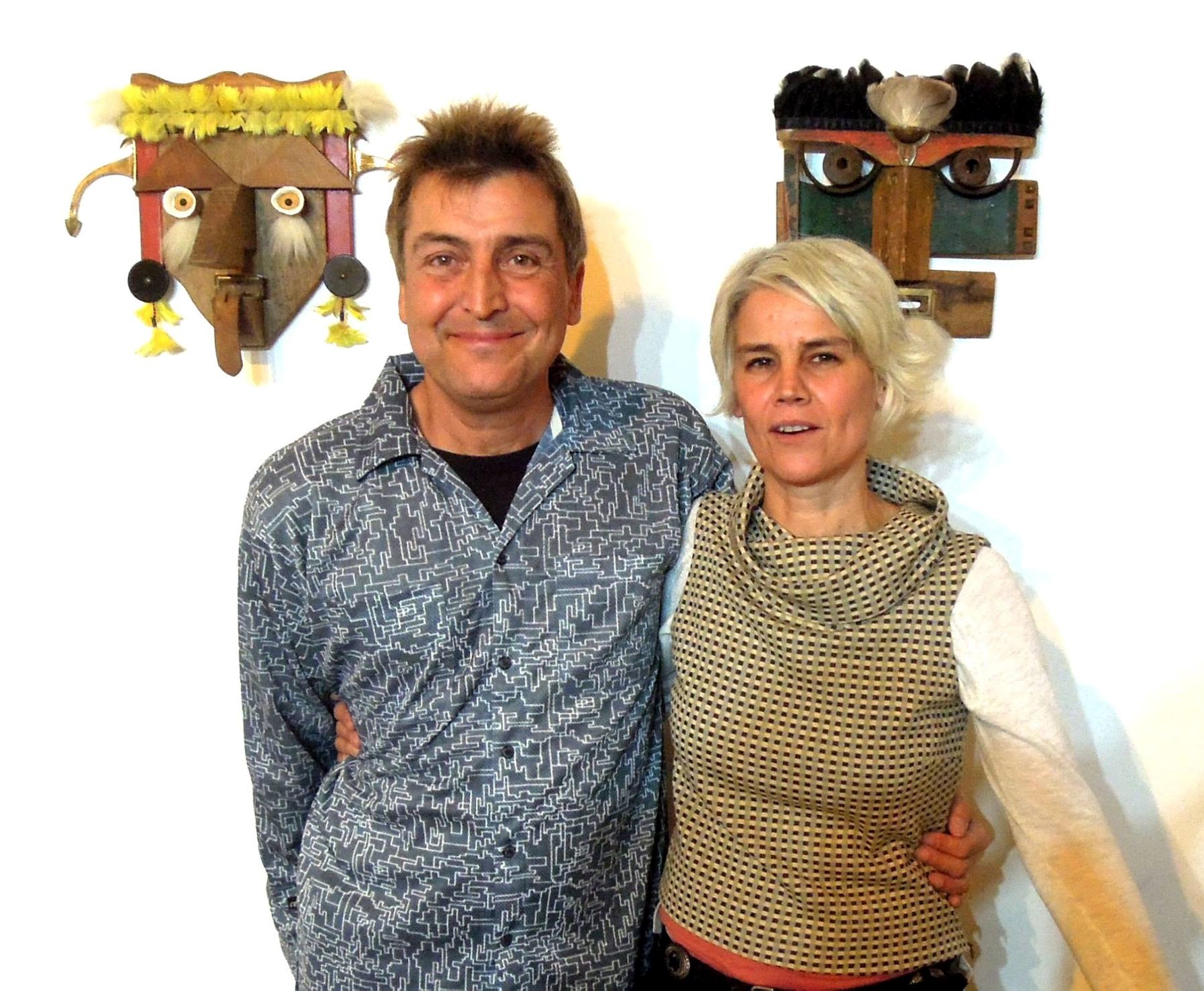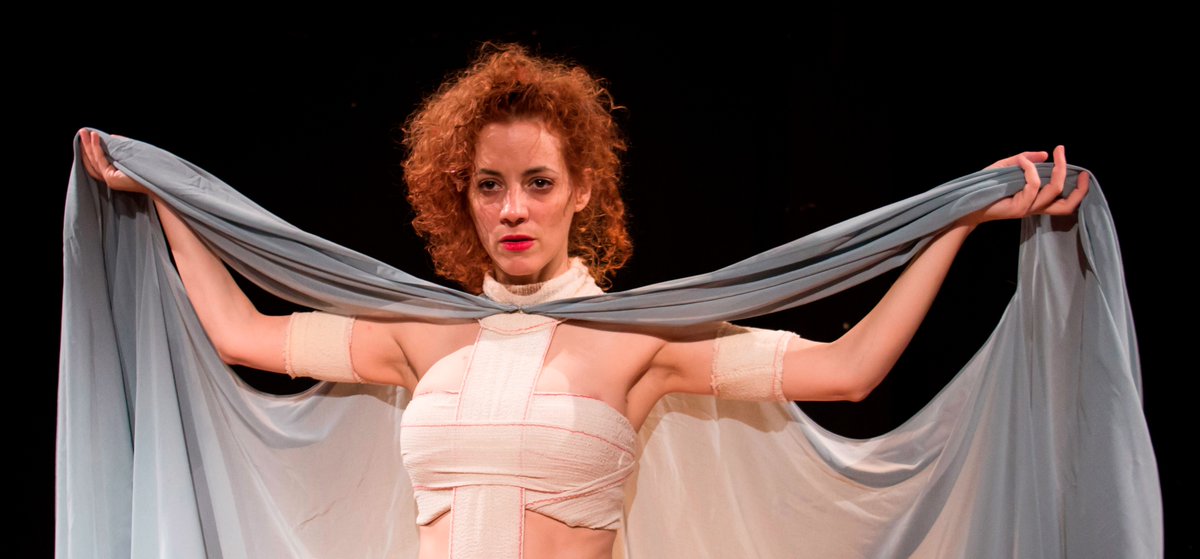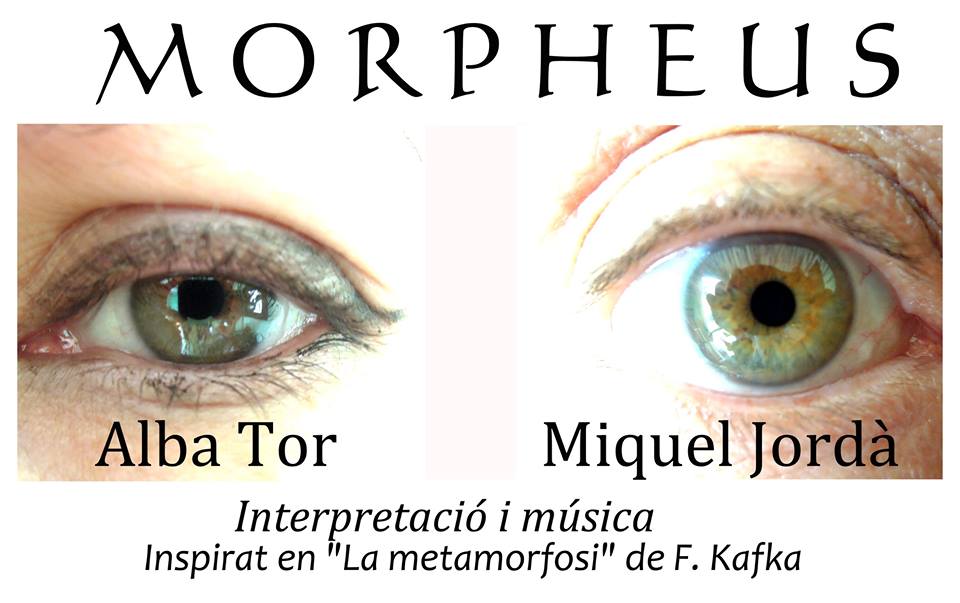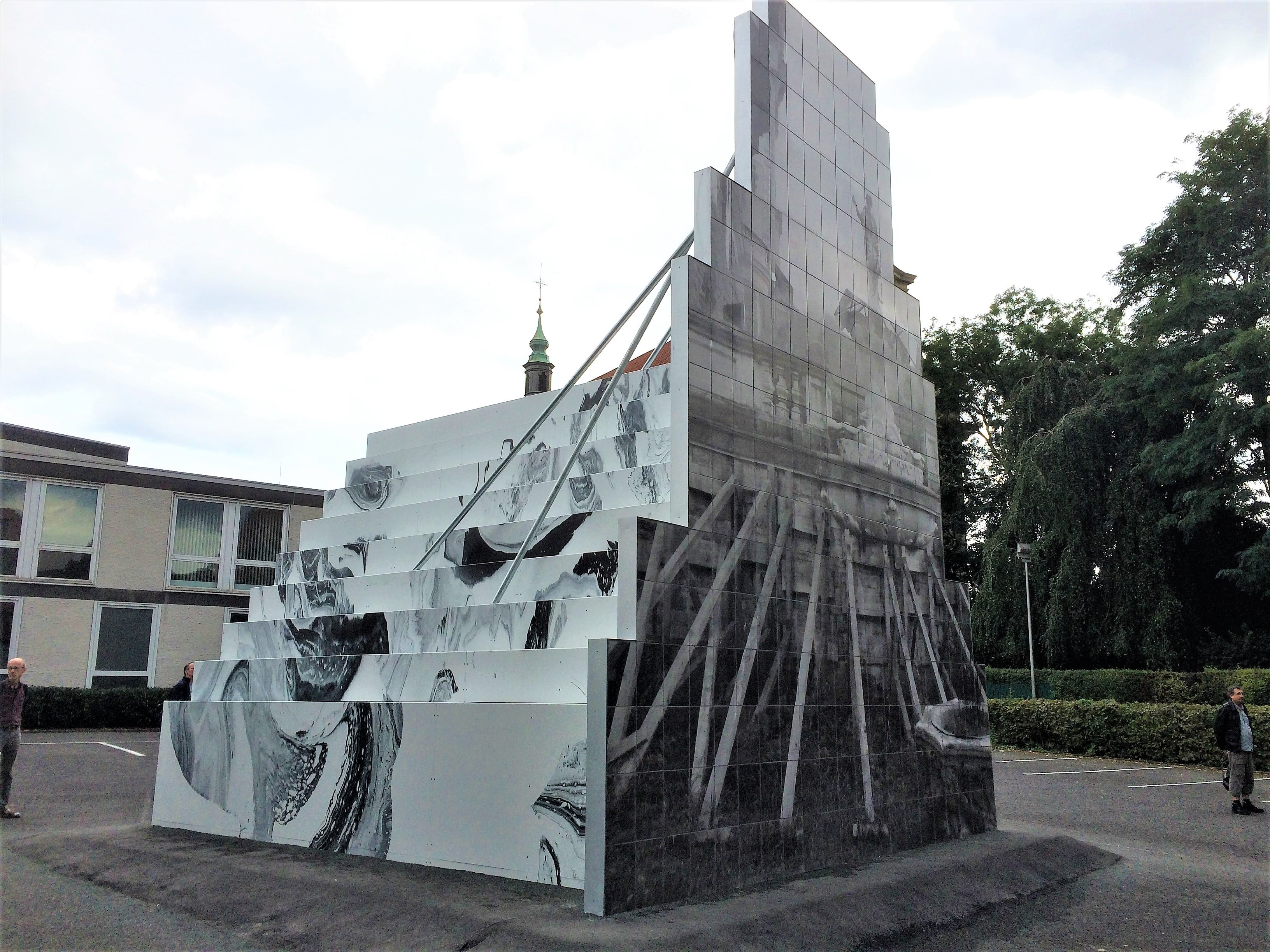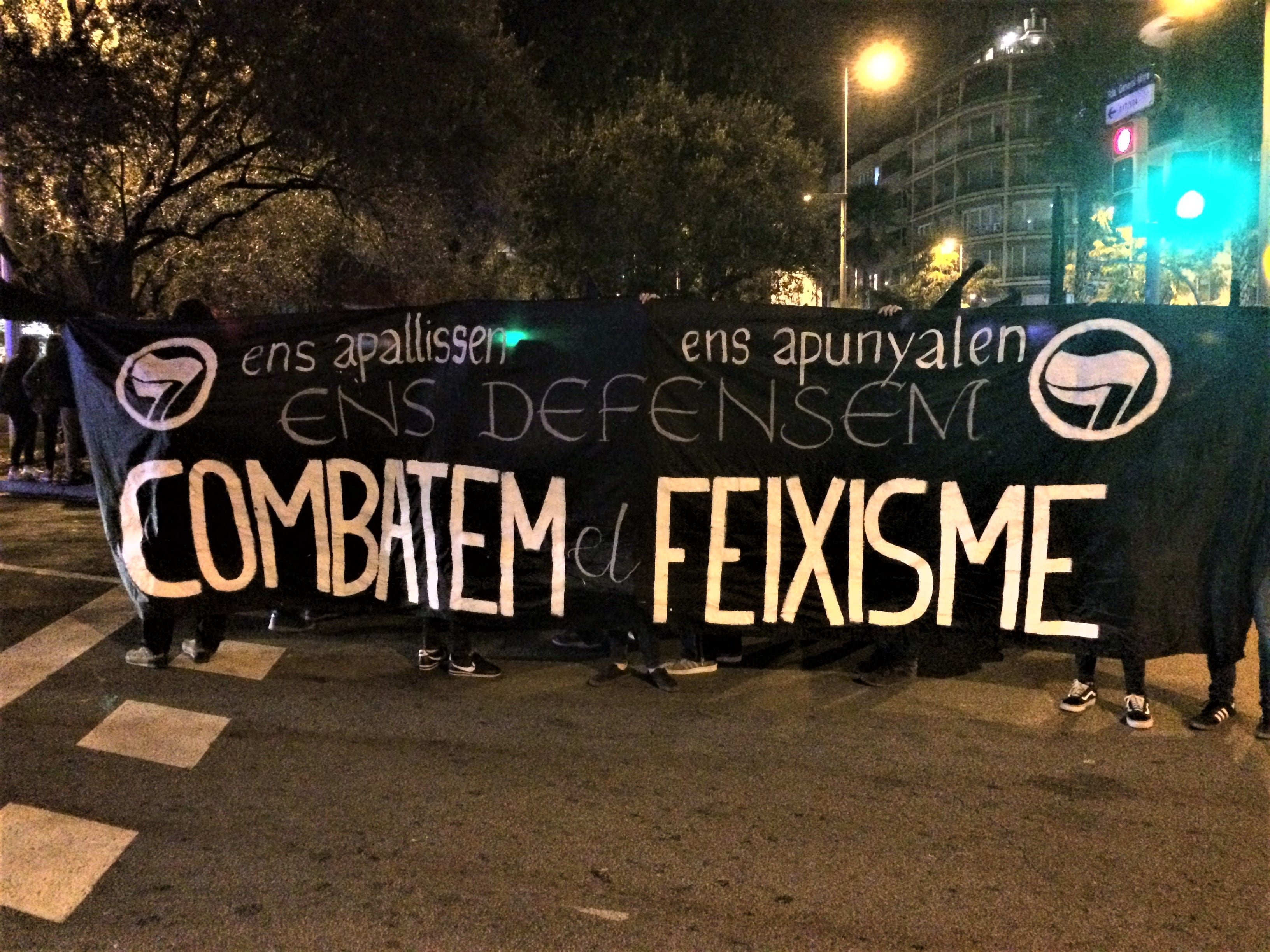Fame Chimica, Performance a Antic Teatre, 28-11-2017
Visual Pal , Sheila M Espelt, Jennifer M Espelt, Primo Gabbiano. Fame Chimica es un grupo híbrido de arte contemporáneo especializado en acciones performánticas, instalaciones audiovisuales y arte, formado por Paloma Sánchez, Sheila Moreno, Jennifer Moreno y Antonio Clavijo. Artistas visuales y sonoros, comisarios artísticos y diseñadores gráficos que muestran diferentes formas contemporáneas de entender la realidad. Antonio Clavijo Victori es un músico y artista visual de Barcelona que como Primo Gabbiano explora la faceta más experimental de la música, utilizando drones, paisajes sonoros, noise, ambient y electrónica primitiva. Su puesta en escena es marcadamente visual, y muy cercana a la instalación. Paloma Sánchez Castaño es Visual Pal, artista visual de Barcelona. Su carrera artística se desarrolla en la realización de piezas videográficas, instalaciones audiovisuales y directos como VJ.
Continue reading